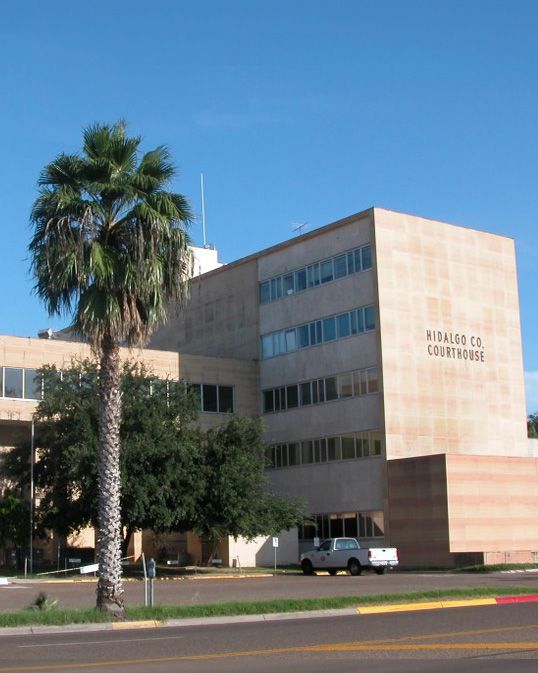What Happens When a Pedestrian Illegally Crossing a Street Gets Hit by a Speeding Car?
LAW BLOG •
Generally, pedestrians have the right of way. However, when drivers and people on foot fail to follow the rules of the road, both may represent a percentage of accident fault under Texas’ comparative laws. To get a better idea of the regulations as they pertain to pedestrians and drivers on the roadways, here are the responsibilities under Texas state laws:
- Pedestrians always have the right of way in a crosswalk unless they face a yellow or red signal.
- Drivers must always yield to pedestrians in a crosswalk when traffic signals are not operating or when the walkers are in close proximity to the vehicle in the crosswalk.
- Pedestrians may not step off of the sidewalk onto a crosswalk in the path of a vehicle in such a way that the driver has no time to yield.
- Drivers cannot pass vehicles who have stopped to allow a pedestrian to cross.
- Pedestrians must yield to vehicles when crossing in unmarked areas and can only cross an intersection on the diagonal if a crosswalk and traffic signal are present.
- Drivers must always yield to pedestrians walking on a sidewalk that extends across a road or driveway.
Two Wrongs
If driver and pedestrian fail to follow the rules of the road, both may face partial blame for causing the accident. Cases in which both parties may hold responsibility include when a pedestrian crosses the street as a shortcut instead of walking to a crosswalk and a driver, texting and not paying attention, hits him or her. Another example might be if a pedestrian crosses a divided highway at an unmarked area and a speeding car hits him or her.
Under the comparative fault law, both scenarios might play out differently in court. Although the pedestrian in the first example should have walked to the crosswalk, the court might place more fault on the driver, who was engaging in reckless behavior that could have caused an accident anywhere. In the second example, on the other hand, the majority of fault might ride on the pedestrian, who acted more unreasonably than the speeding driver by choosing to cross a highway with faster traffic patterns.
Any party the court deems to share more than 50% of the fault in an accident will automatically lose damage awards. If you as a driver or pedestrian share a smaller portion of the blame, however, your damage award may drop to account for your share of the fault. For instance, if the driver was 70% at fault, the pedestrian shoulders 30% of the blame. The court will deduct 30% of the awarded damages from the pedestrian’s award to account for his or her percentage of fault.
Investigations Are Key to Determining Fault
Do not rely solely on the preliminary findings of an accident. Often, a police officer may record the incident in such a way that inaccurately reflects the situation. In these cases, you can and should reach out to an attorney as quickly as possible. An independent investigation may reflect a more accurate representation so you can obtain a fair amount of compensation, not merely what a law enforcement officer perceived at the time of the accident. Accident recreation technology, evidence, and witness accounts often clarify the events leading up to and causing an accident.
Cases of pedestrian accidents where both parties were engaged in reckless or illegal behavior tend to be more complex than other accidents. The unique circumstances of the case will determine accident liability and may significantly affect the amount of damages one can recover. For more information about complex pedestrian accident cases, reach out to our team in Houston today.
The post What Happens When a Pedestrian Illegally Crossing a Street Gets Hit by a Speeding Car? appeared first on GES Injury Attorneys.
Every state limits the amount of time you have to file a claim.
Don't Delay.
Contact the Attorneys at Gordon & Elias, LLP Today to preserve your right to a recovery.
Contact Us
We will get back to you as soon as possible.
Please try again later.
100% FREE CASE EVALUATION
Free Consultation • No Fee If No Recovery



